I did a GCSE and an A level in art, but I never really stood out until I found my talent for painting animals.
My Godmother asked me if I would have a go painting her late dog, Hattie, back in July 2009.
I agreed I would have a go, but warned her not to expect much!
I was wrong. I am still particularly proud of the nose and mouth, and I must admit, I admire it every time I go round.

I gave it to her as a thank you for tutoring me through my French A level.
It was the first time I have ever seen her speechless.
I started my first year of university and forgot about art for a year. I was too wrapped up in first-year-fun. But when my Grandpa commissioned me to paint him a tiger in Winter 2010, I jumped at the chance.
First-year-fun was matched with first-year-funds (or lack of) after all.

He hung it proudly in his conservatory and
it gave him great pleasure to look at.
With a free time on my hands the next February, I turned the living room of my house at university into my own personal art workshop, to the slight amusement / annoyance of my friends.
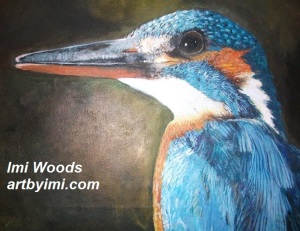
Ernie the kingfisher was created really within the space of a couple of days, and I gave him as a gift to my dad who has always loved birds, especially kingfishers.
In fact, he is such a bird-swot, he discovered by the markings on the beak that Ernie was, in fact, female.
I finished my second year at university with a high 2:1,
and immediately started another painting in June 2011, having well and truly regained my thirst to create.

This is my personal favourite, and it hangs on my wall. I don’t think I will ever sell it.
That summer I worked at a summer camp as a Creative Art Activity Instructor. It was the most carefree six weeks of my life so far, playing, laughing and teaching children how to make tortoises out of plasticine (among other equally useful skills).
In September 2011, I created a new project, which was a greater spotted woodpecker after seeing one in the garden.
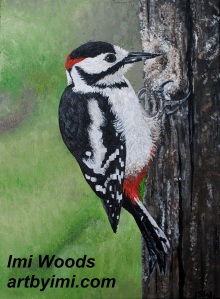
This painting gets the most compliments as being “like a photograph”.
I have used it to form my logo for my business.
After starting back for my third year at university, things went downhill really really quickly. Stress and worry made me very ill, which made me stressed, worried and more ill.. I didn’t do much for the term other than worry a lot and (thankfully) work a lot in the library.
My confidence took a huge knock, and I became… someone meek and self absorbed who wasn’t really me.
I was asked to do a painting of my boyfriend’s grandmother’s dog, which I started tucked away in my room away from everyone. It stopped me from worrying too much, as my mind is a lot clearer when I paint.

It was then transported half-finished down south for the Christmas holidays. I finished it on Christmas day 2011, sprawled in front of the TV with my mum and dad, before heading round to my boyfriend’s house to present it.
I very quickly got asked to paint his grandmother’s partner’s dog too, which I pencilled out and painted within about 48 hours in February 2012 when things were all getting a bit too much.
I remember it being a rare worry-free day, and I felt like myself again as I painted it.
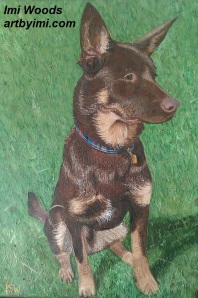
This painting again got a lot of compliments.
The owner was very pleased with it and showed it off to his fellow dog-walkers.
During Easter 2012, I volunteered at an Art-based therapy workshop. It was open to help support people who experienced mental distress, such as depression, substance addiction and chronic illness. It was very therapeutic for me to be around people who were being healed through art, and it helped me to snap out of my self pity.
I was able to submit a painting into their annual exhibition for all workers, volunteers and members. I created a painting of a puffin, who I named “Little Brother” after the Latin name. Apparently their white and black feathers look like monks robes.

I was slowly beginning to heal. My confidence started to return as I realised I was still interesting, talented and worth knowing. Art played a huge part in that due to its ability to quieten my mind, fill me with pride, and bring happiness to others.
I then went back to university to sit my final exams.
They were tough, but I coped well, and was much more myself again.
I graduated with a first class degree and immediately got offered a job.
Things were beginning to fall back into place again.
I decided to paint my boyfriend a large painting for his 23rd birthday in August 2012.
It was a personal challenge because I am used to painting animals.
I got it framed and I am very pleased with how it turned out.
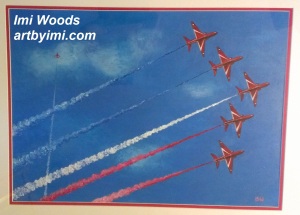
It is in pride of place on his wall.
He told me that if he saw it in a shop he would have wanted it 
After a few weeks at my new job, I showed a few people my paintings on my phone.
I got a lot of compliments around the office about my talent.
My mentor at work had her first wedding anniversary approaching in September 2012.
She commissioned me to paint a lemur to give to her husband for a present.
The couple got married in Marwell Zoo and are animal mad.
It took me between 30-40 hours work. The pressure was on truly on!
I really wanted to create something beautiful for my first non-family commission.

It was put on the wall at work for a day while my ego inflated.
She loved it, as did her husband, and I got personal thanks from them both.
I was learning fast at work, and was given more and more responsibility, but I still found the time to paint another puffin.
It took me many weeks to find stolen hours to finish before I was finally happy with the result.

I sold this painting to my Godmother; it is currently in her lounge near her golden retriever (the beginnings of a collection!)
Towards the end of 2012, my painting life hotted up! I worked after work and stolen hours at weekends to complete this painting for my nutritionist.
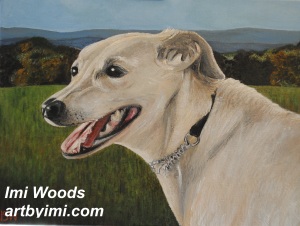
She was thrilled when I presented it to her.
It is already up on the wall in her office space for everyone to see.
I got approached by a man at my work who had heard about my art.
He asked me if I would paint him a cat for his wife’s Christmas present.
The painting was quite a challenge, especially getting the face right, as I had not painted cats before.
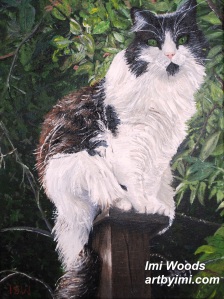
The painting went down a storm with his wife, who “thinks the cat is really there” every time she sees the painting.
I managed to sneak in another Christmas commission for my mentor at work, a repeat customer, previous owner of my lovely lemur. It was a present for her in-laws, of their little terrier, Rosie.
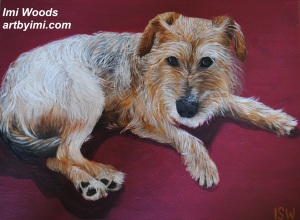
She absolutely loved it, and I heard that her in-laws loved it too and thought it was the “spitting image” of their cute little dog.
I found out about the British Wildlife Competition online and was very keen to enter, under the category of “World Birds”.
I created this painting of a golden pheasant on a large canvas.
Golden pheasants are bizarre, how on earth an orange feathered, purple-tipped, yellow Mohawk-ed bird adapted I do not know, but it was a pleasure and a big challenge to paint.
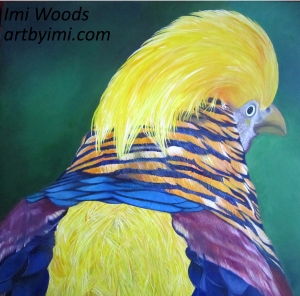
I didn’t get shortlisted. Oh well. Mum does love having the painting on her wall!
My Godmother commissioned me to paint her current Golden Retriever, Annie, to hang next to Hattie. Life got in the way during this painting, so it took me a couple of weeks for me to complete it. The eye took me about five hours of painting and repainting for me to finally be happy. Painting was not as relaxing as normal during those hours!!
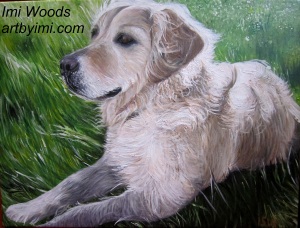
The two dogs will look very fine together on her wall.
Since painting the golden retriever, I have thrown more and more time into forwarding my business and really getting my name out there. I have got a stall booked for a local fayre so have been busy ordering giclée prints and greeting cards and setting up a Newsletter! I am seeing it as a big investment in my future!
I decided my next painting would be a Tawny Owl. When it was just 1/3 finished, it was reserved by an interested buyer! It was such a challenge but a true pleasure to paint! I named it Nelson, after my Grannie who loved all owls.

Nelson has been bought and will soon be jetting off to Canada to mark the beginning of IMI paintings overseas!
Still thrown into fayre preparations, I found time to paint a cute jackass penguin on a 50x50cm canvas. The sea and sand were the biggest challenge for me, as they required a lot of persistence and patience.

I was so pleased with how it turned out!
Most recently, I have painted a little King Charles Cavalier Spaniel. I rushed to get it completed before the fayre so that he could come with me and cheer me on.

Maybe due to the painting or due to me, the fayre was a success and I got a lot of lovely comments. The owner came to pick up her painting on Tuesday and I received a hand written note of thanks stating how much she loves it.
I am working on a couple of projects at the moment but they are secret and not ready to share!!
I feel as though I am moving forward… painting and my art business has gone from being my calm-down activity into a full blown lifestyle.
I am so much happier and healthier and back to ME again.
One day I will conquer the art world, but for now, at least I have sort of conquered myself!!
Have you ever noticed a beginning to a new phase of your life? Have you given your site an overhaul as it no longer felt like you?



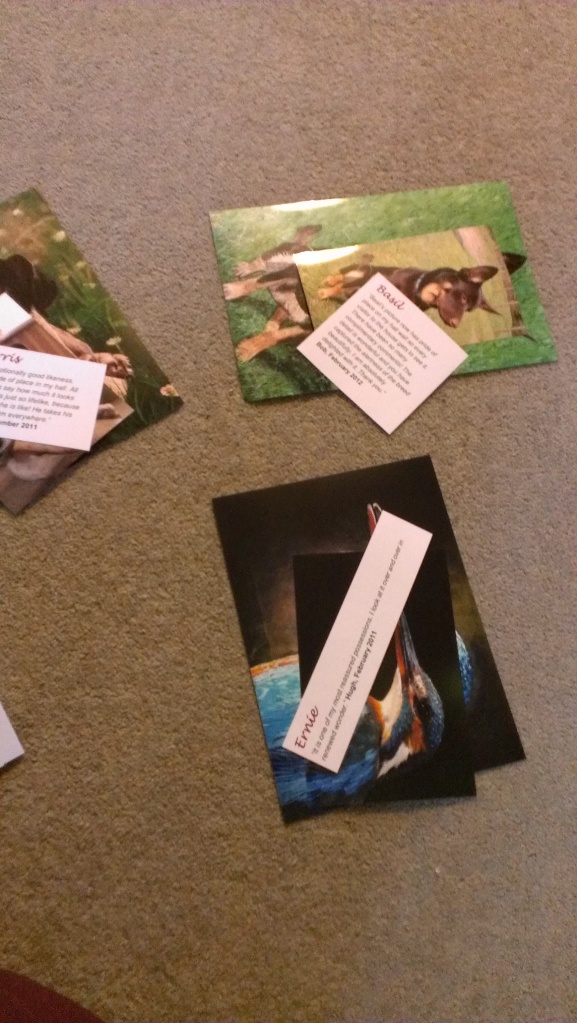
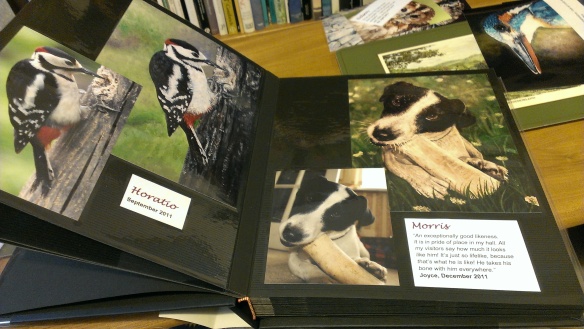
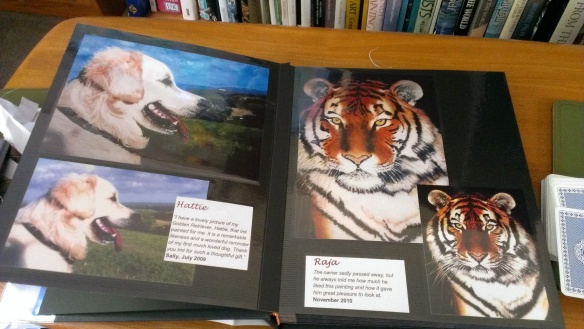

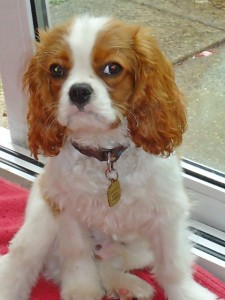
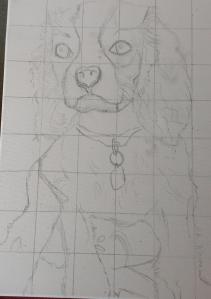

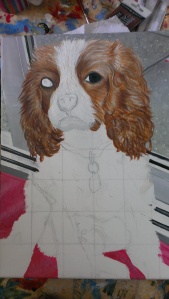
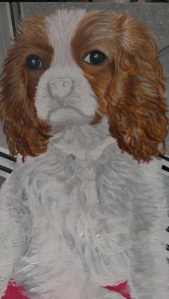
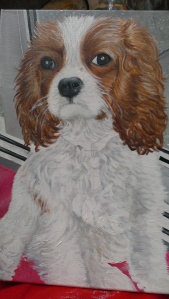
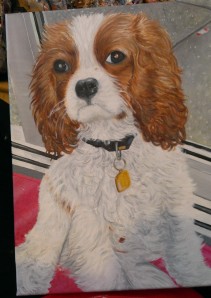
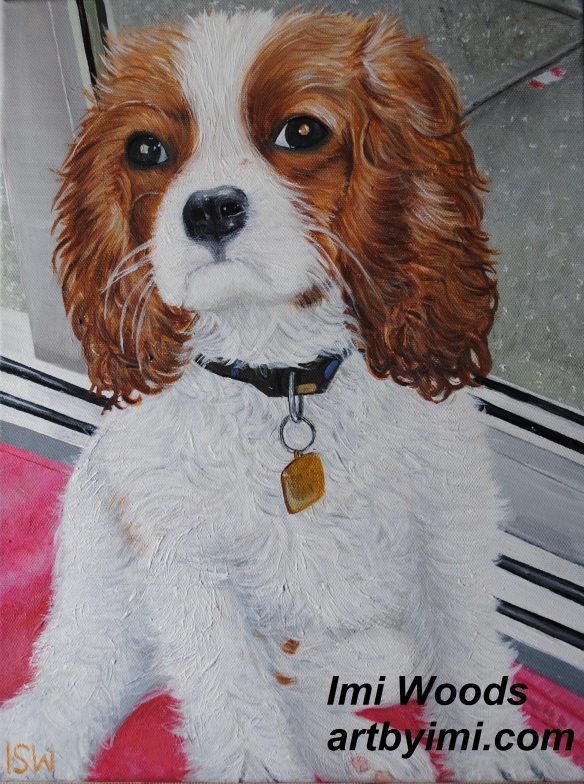




















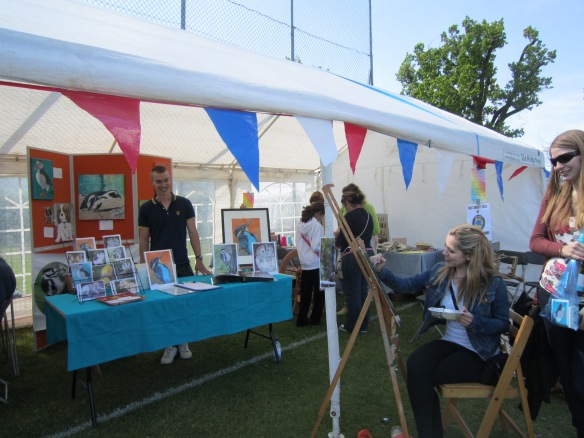
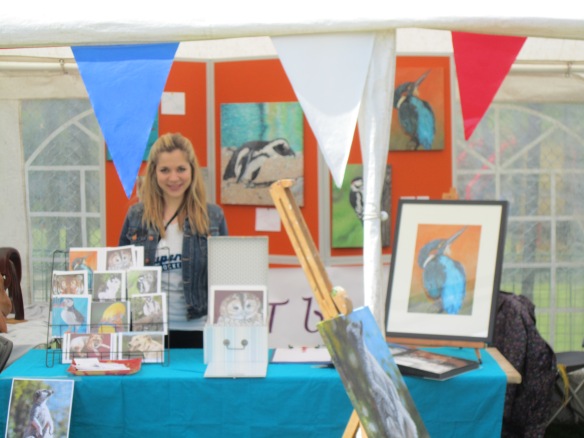

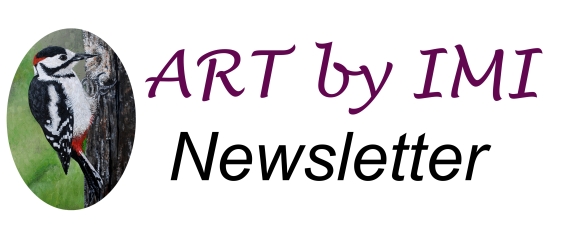




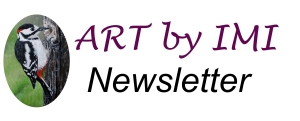

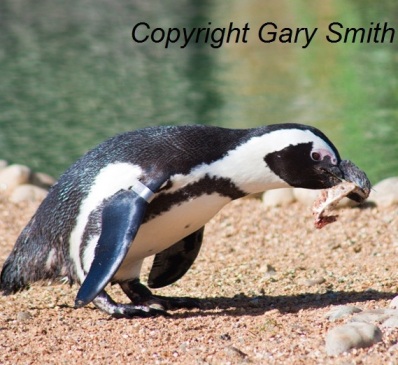

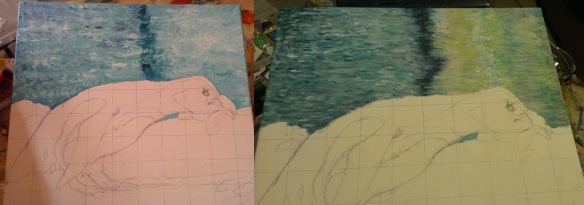
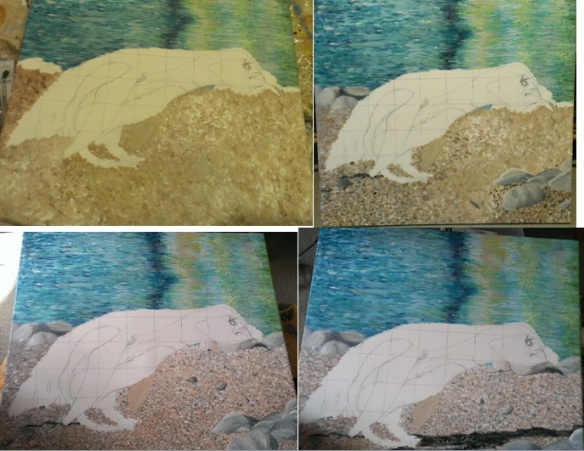
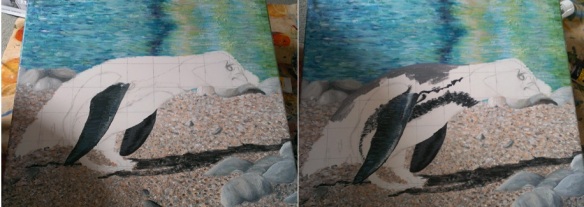

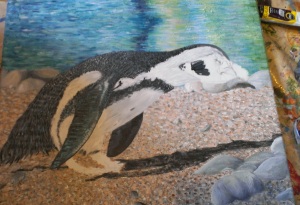
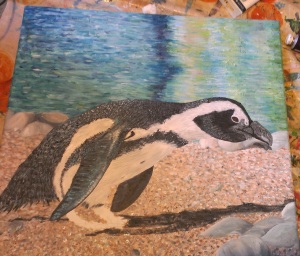


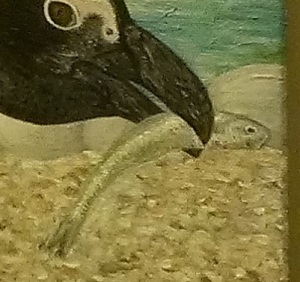

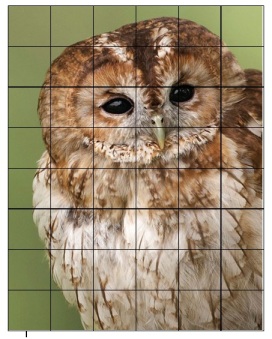
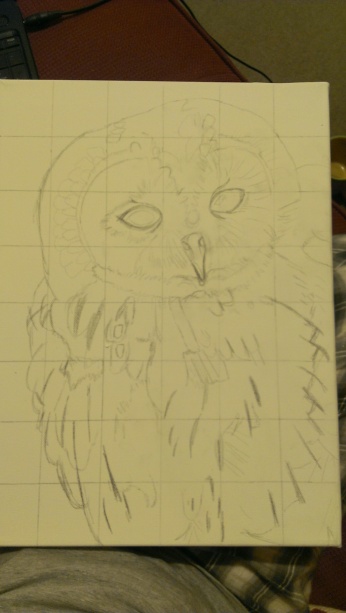
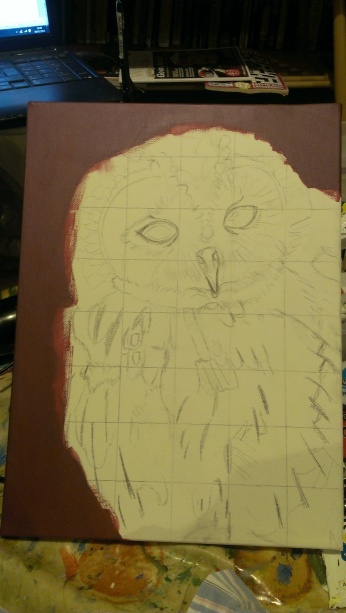


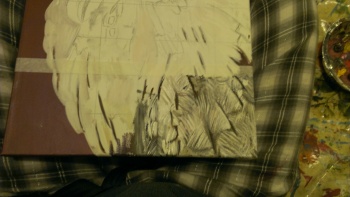
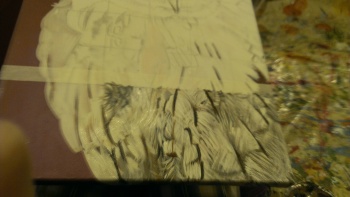
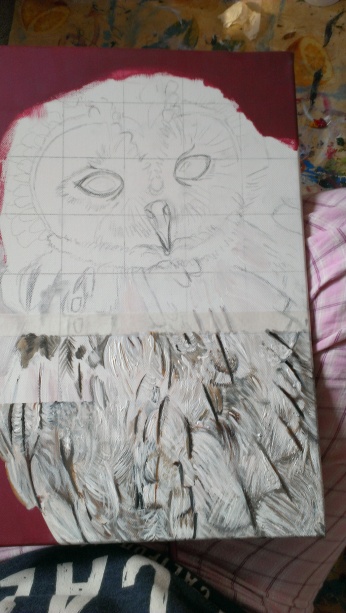

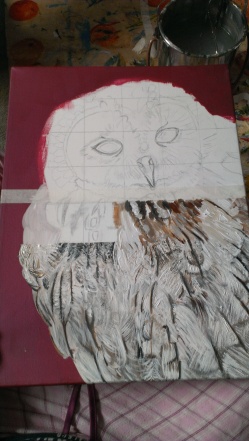

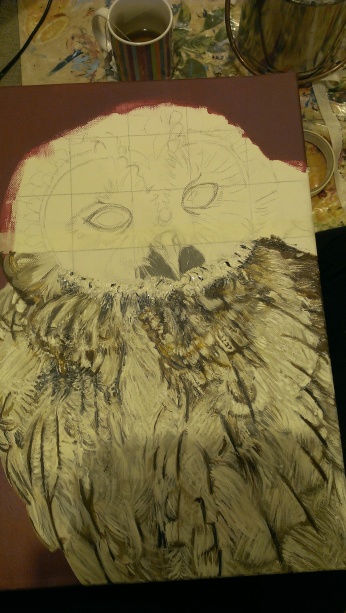
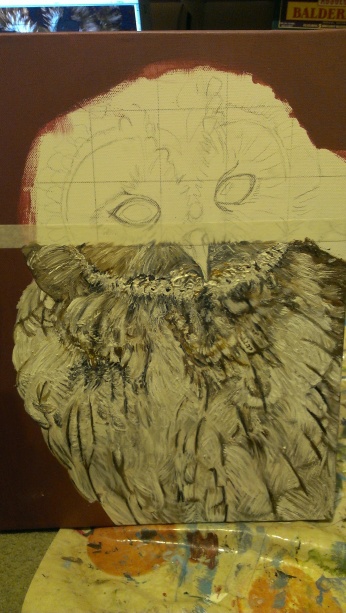

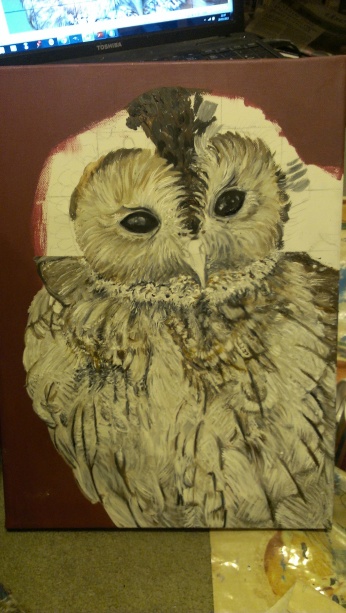
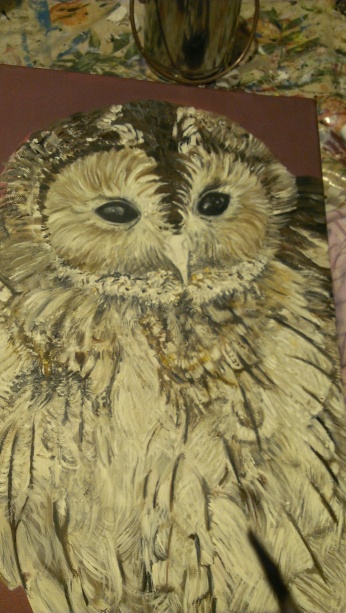

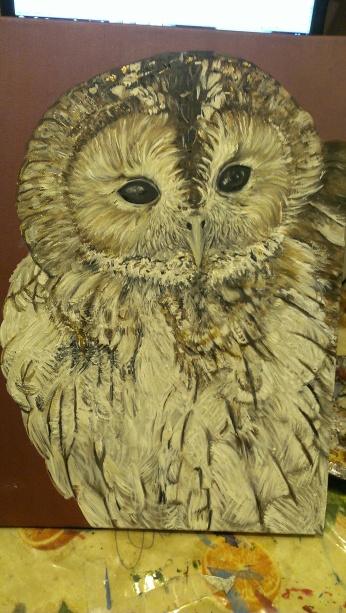
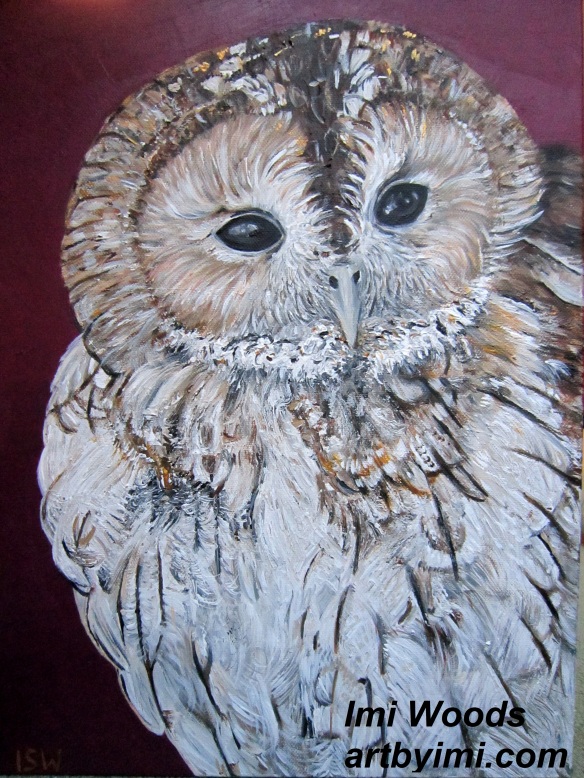
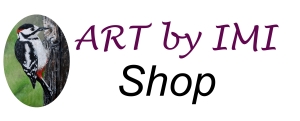
![IMAG0867_1[1]](https://artbyimi.files.wordpress.com/2013/03/imag0867_11.jpg?w=300&h=230)
![IMAG0881[1]](https://artbyimi.files.wordpress.com/2013/03/imag08811-e1362606207427.jpg?w=300&h=201)
![IMAG0882[1]](https://artbyimi.files.wordpress.com/2013/03/imag08821-e1362942651542.jpg?w=300&h=169)
![IMAG0883[1]](https://artbyimi.files.wordpress.com/2013/03/imag08831-e1362943050640.jpg?w=300&h=218)
![IMAG0884[2]](https://artbyimi.files.wordpress.com/2013/03/imag08842-e1362944529384.jpg?w=280&h=158)
![IMAG0886[1]](https://artbyimi.files.wordpress.com/2013/03/imag08861-e1362942393168.jpg?w=300&h=169)
![IMAG0887[1]](https://artbyimi.files.wordpress.com/2013/03/imag08871-e1362942572609.jpg?w=300&h=169)
![IMAG0889[1]](https://artbyimi.files.wordpress.com/2013/03/imag08891-e1362943255631.jpg?w=300&h=198)
![IMAG0891[1]](https://artbyimi.files.wordpress.com/2013/03/imag08911.jpg?w=300&h=169)
![IMAG0893[1]](https://artbyimi.files.wordpress.com/2013/03/imag08931-e1362943450337.jpg?w=300&h=209)
![IMAG0895[1]](https://artbyimi.files.wordpress.com/2013/03/imag08951.jpg?w=300&h=169)
![IMAG0899[1]](https://artbyimi.files.wordpress.com/2013/03/imag08991.jpg?w=300&h=169)
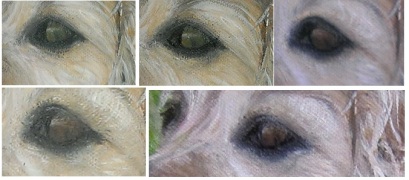
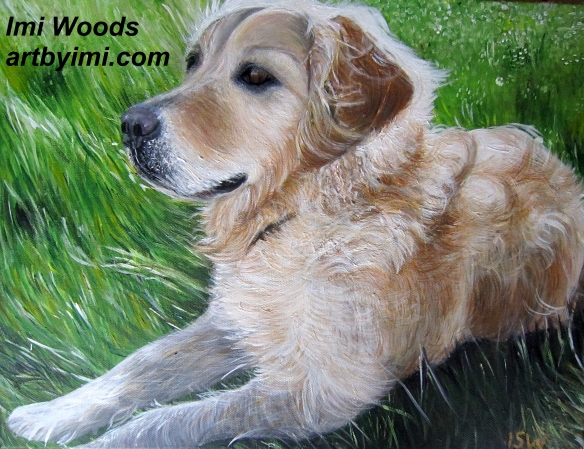
![IMAG0777[2]](https://artbyimi.files.wordpress.com/2013/01/imag07772.jpg?w=300&h=169)
![IMAG0793[1]](https://artbyimi.files.wordpress.com/2013/01/imag07931.jpg?w=169&h=300)
![IMAG0795[1]](https://artbyimi.files.wordpress.com/2013/01/imag07951.jpg?w=169&h=300)
![IMAG0799[1]](https://artbyimi.files.wordpress.com/2013/01/imag07991.jpg?w=300&h=169)
![IMAG0811[1]](https://artbyimi.files.wordpress.com/2013/01/imag08111.jpg?w=300&h=169)
![IMAG0812[1]](https://artbyimi.files.wordpress.com/2013/01/imag08121.jpg?w=169&h=300)
![IMAG0813[1]](https://artbyimi.files.wordpress.com/2013/01/imag08131.jpg?w=169&h=300)
![IMAG0818[1]](https://artbyimi.files.wordpress.com/2013/01/imag08181.jpg?w=169&h=300)